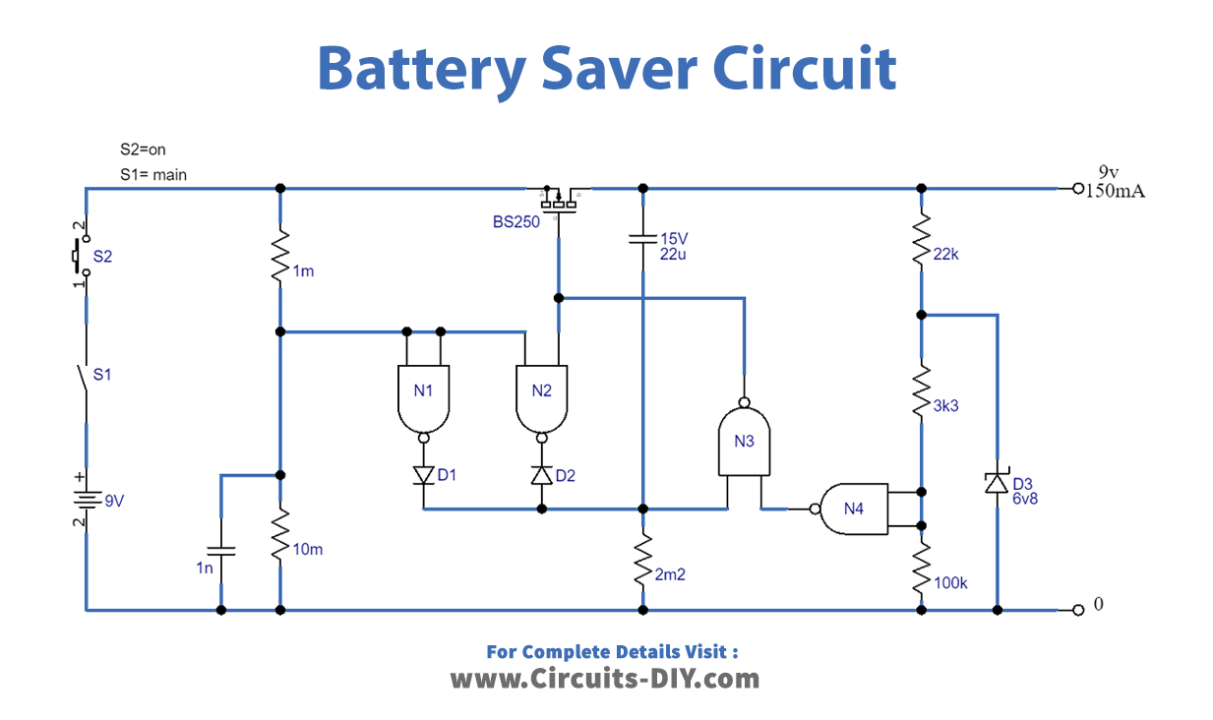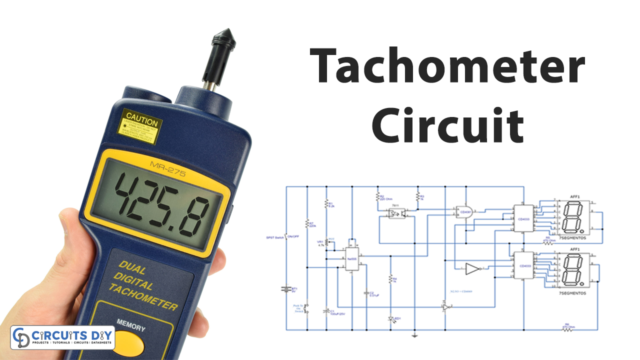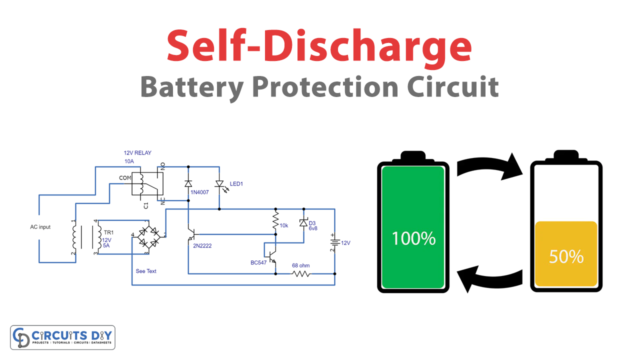Introduction
Are you tired of constantly having to replace batteries in your electronic devices? Look no further than the battery-saver circuit! This ingenious circuit is designed to prolong the life of your batteries by regulating the current flow to your devices and monitoring the battery voltage.
Not only does the battery-saver circuit help you save money on battery replacements, but it also has a positive impact on the environment. By extending the life of your batteries, you can reduce the number of batteries that end up in landfills, where they can harm the environment.
Hardware Required
| S.no | Components | Value | Qty |
|---|---|---|---|
| 1 | IC | N1..N4 = CD4093 | 1 |
| 2 | FET | BS250 | 1 |
| 3 | Resistor | 1M, 10M. 2M2, 100k, 3K3, 22k | 1, 1, 1, 1, 1, 1 |
| 4 | Battery | 9V | 1 |
| 5 | Polar Capacitor | 22uF / 16V | 1 |
| 6 | Non Polar Capacitor | 1n | 1 |
| 7 | Switch | – | 2 |
| 8 | Diode | 1N4148 | 2 |
| 9 | Zener Diode | 6V8 | 1 |
Circuit Diagram

Working Explanation
This battery-saver circuit includes a series regulator FET T1 that can allow a maximum current of 150 mA to flow through the circuit. For higher currents, it is recommended to use a more powerful FET than the BS250.
T1 is a p-channel FET that conducts and supplies power to the equipment when the output of the Schmitt trigger NAND gate N3 is low, which happens at power-up. T1 causes C2 to charge through R3, and after one minute, the voltage across R3 becomes low enough for N3 to identify a logic low level at pin 1 and turn off T1.
N2 provides a locked function to prevent N3 from oscillating due to the changing voltage across R3. During power-on, N2’s output is pulsed high, clearing any residual charge in C2 and allowing the circuit to be turned on immediately after powering down.
D3, R5, R6, and N4 monitor the battery voltage, and N4’s trigger threshold level is related to the supply voltage of the IC. If the battery voltage drops, the input voltage to N4 is maintained at a safe level by D3.
Final Thoughts
In conclusion, the battery-saver circuit is a valuable tool for anyone who wants to save money. Whether using the circuit for personal use or in a professional setting, its ease of use and effectiveness make it a must-have for anyone who relies on battery-powered devices. We hope you’ve found this explanation of the battery-saver circuit helpful and informative, and we encourage you to try it out for yourself.













